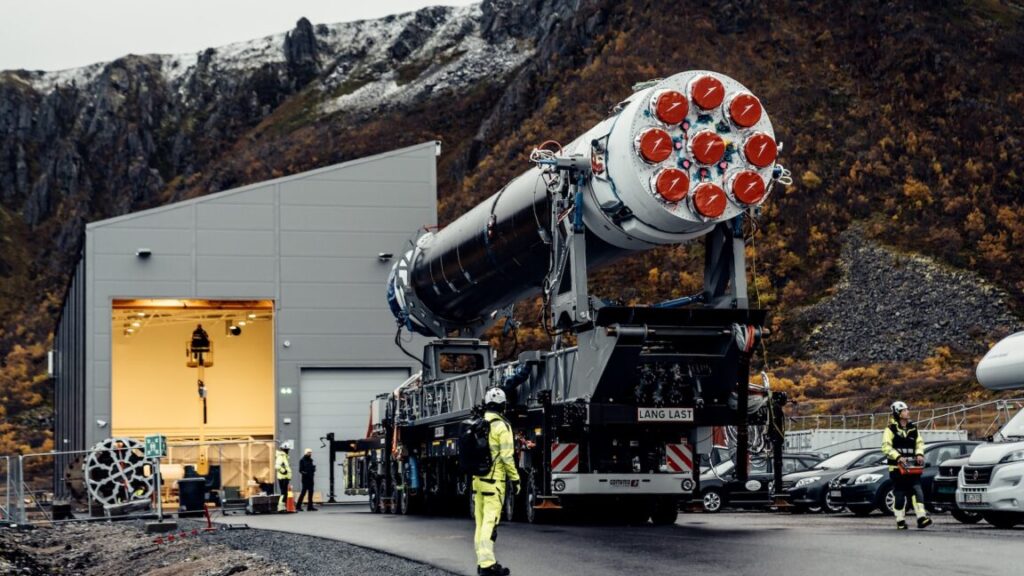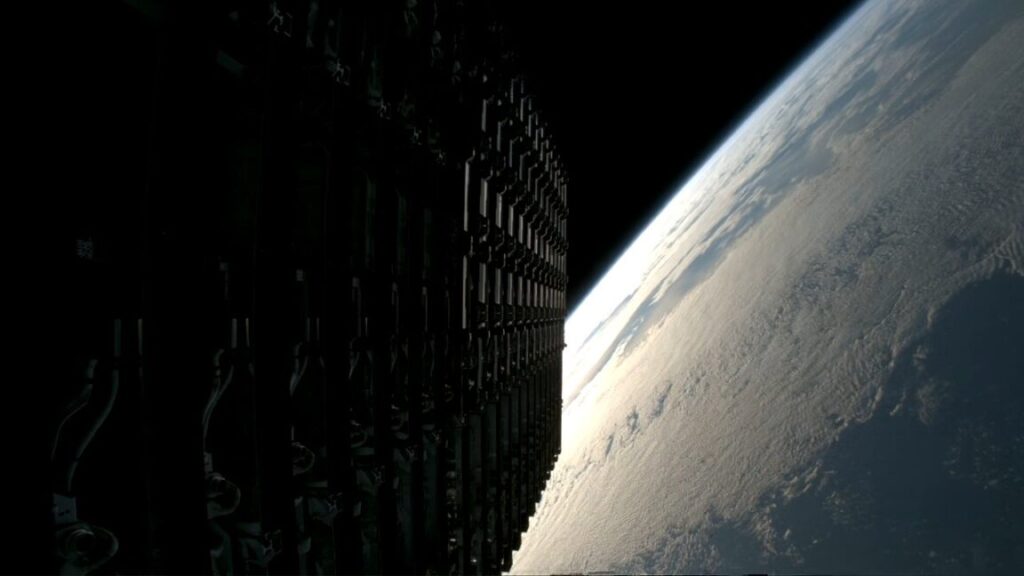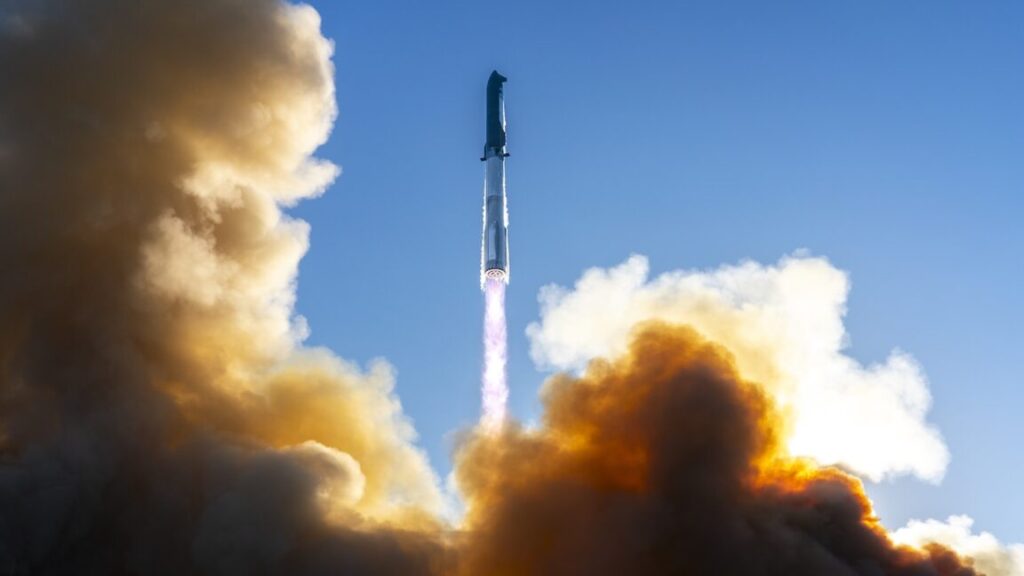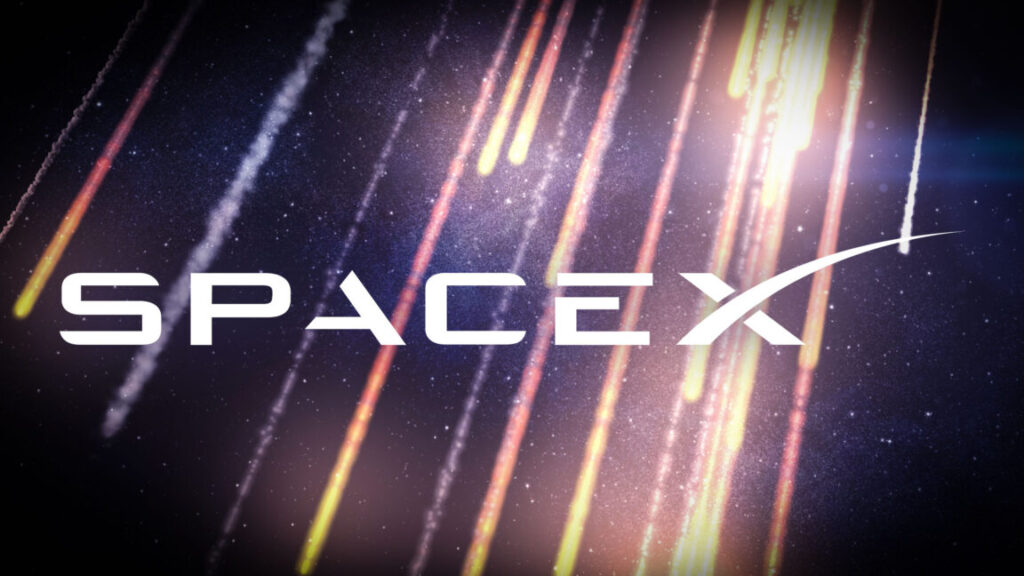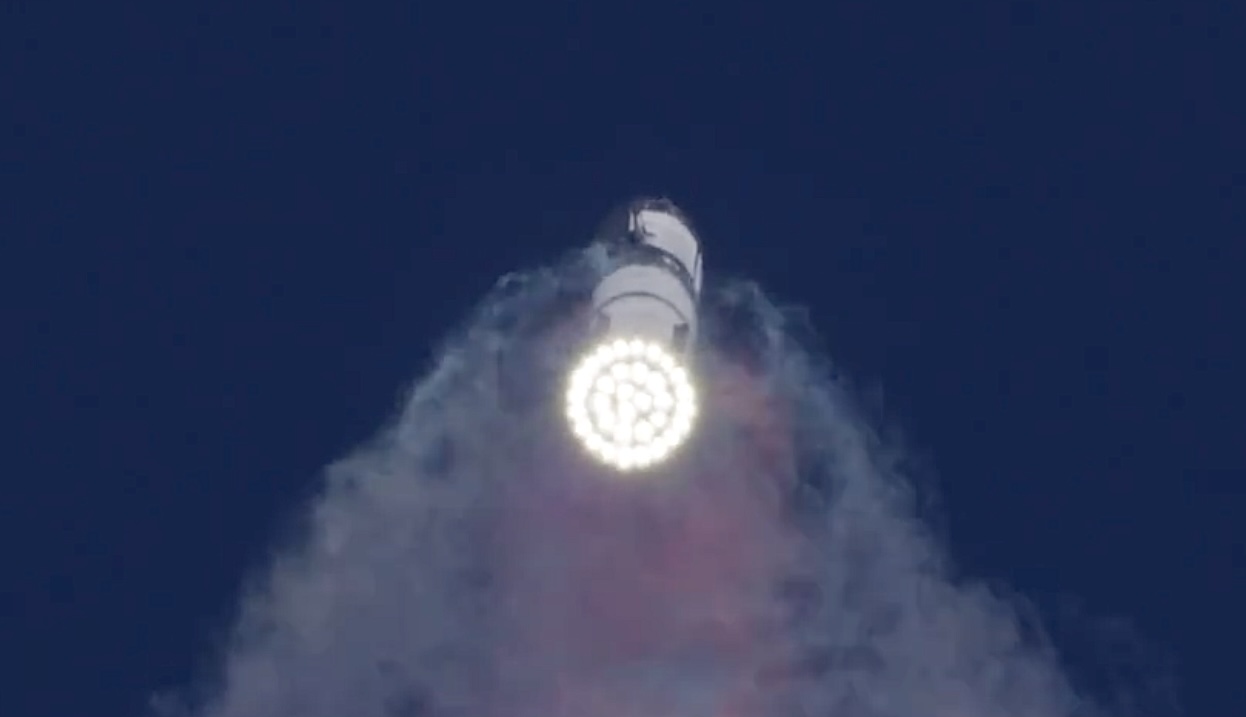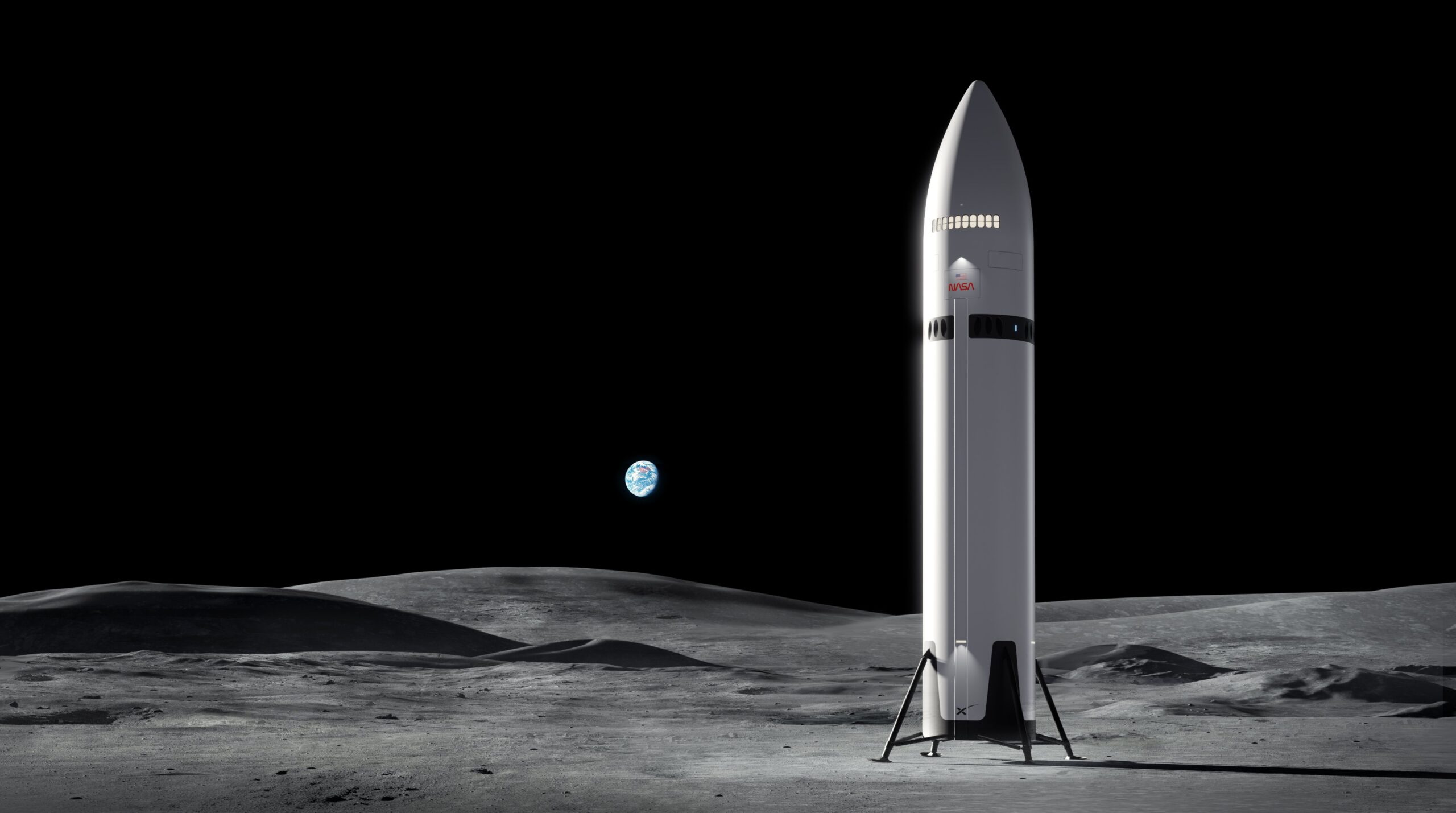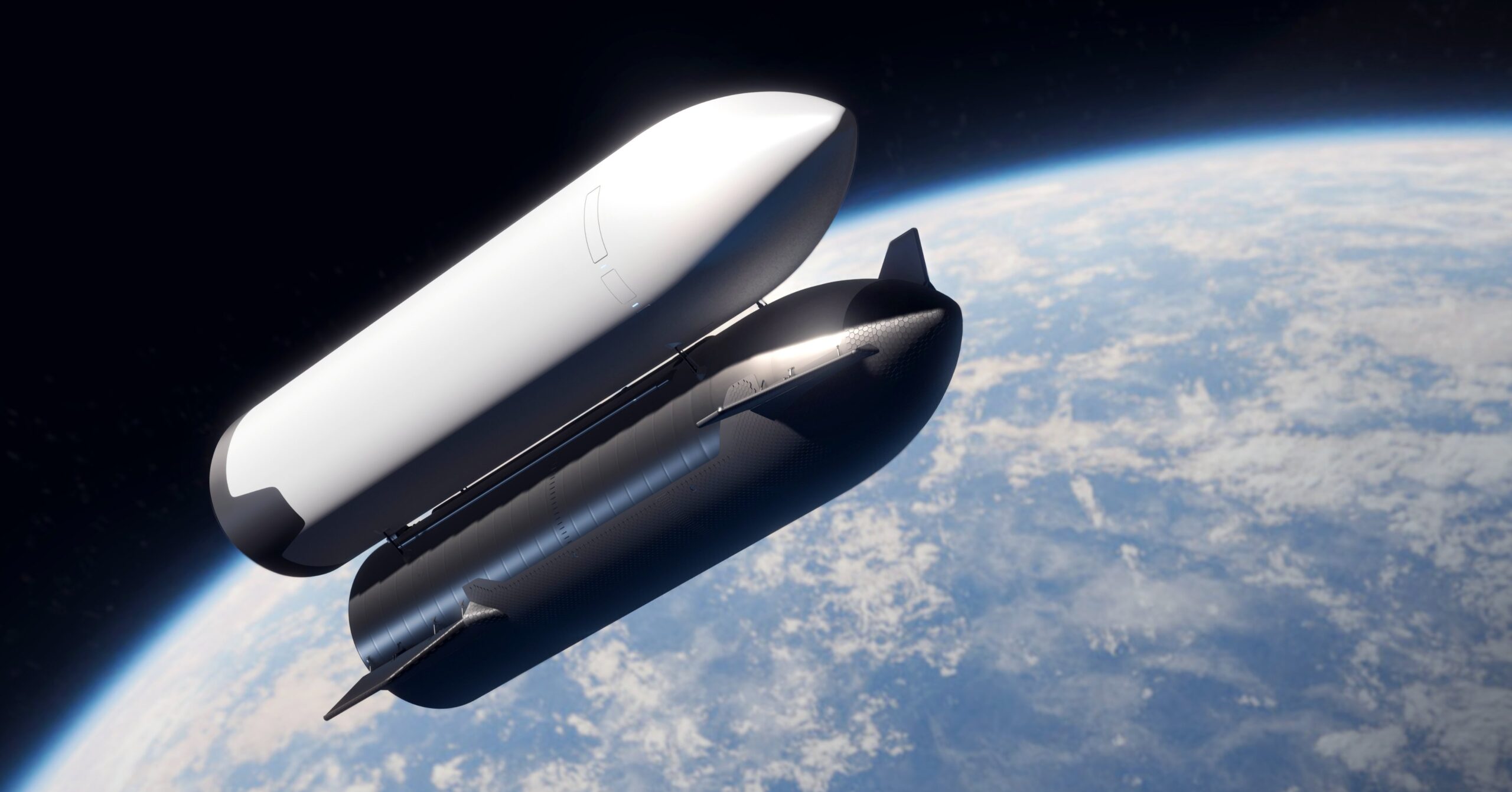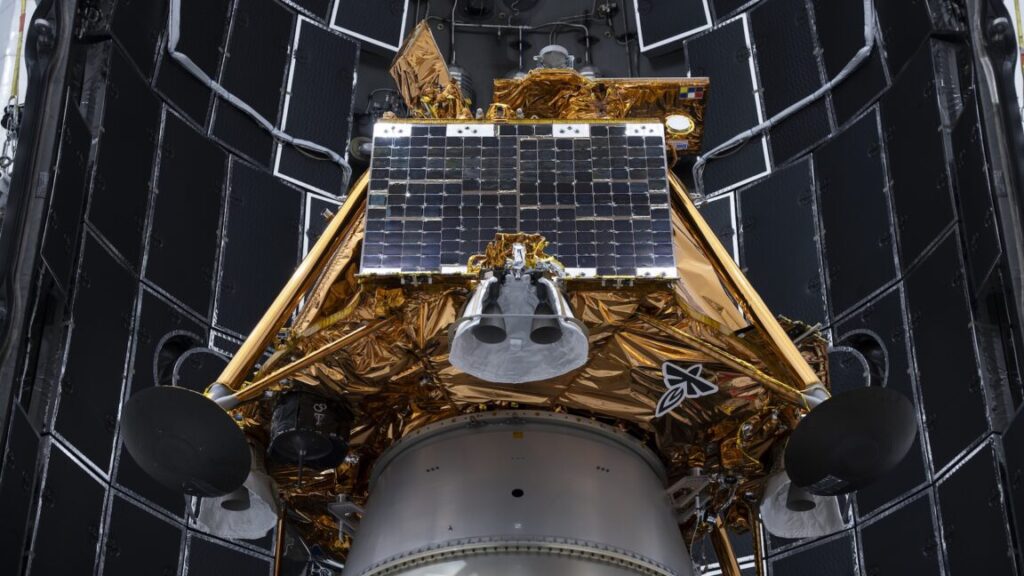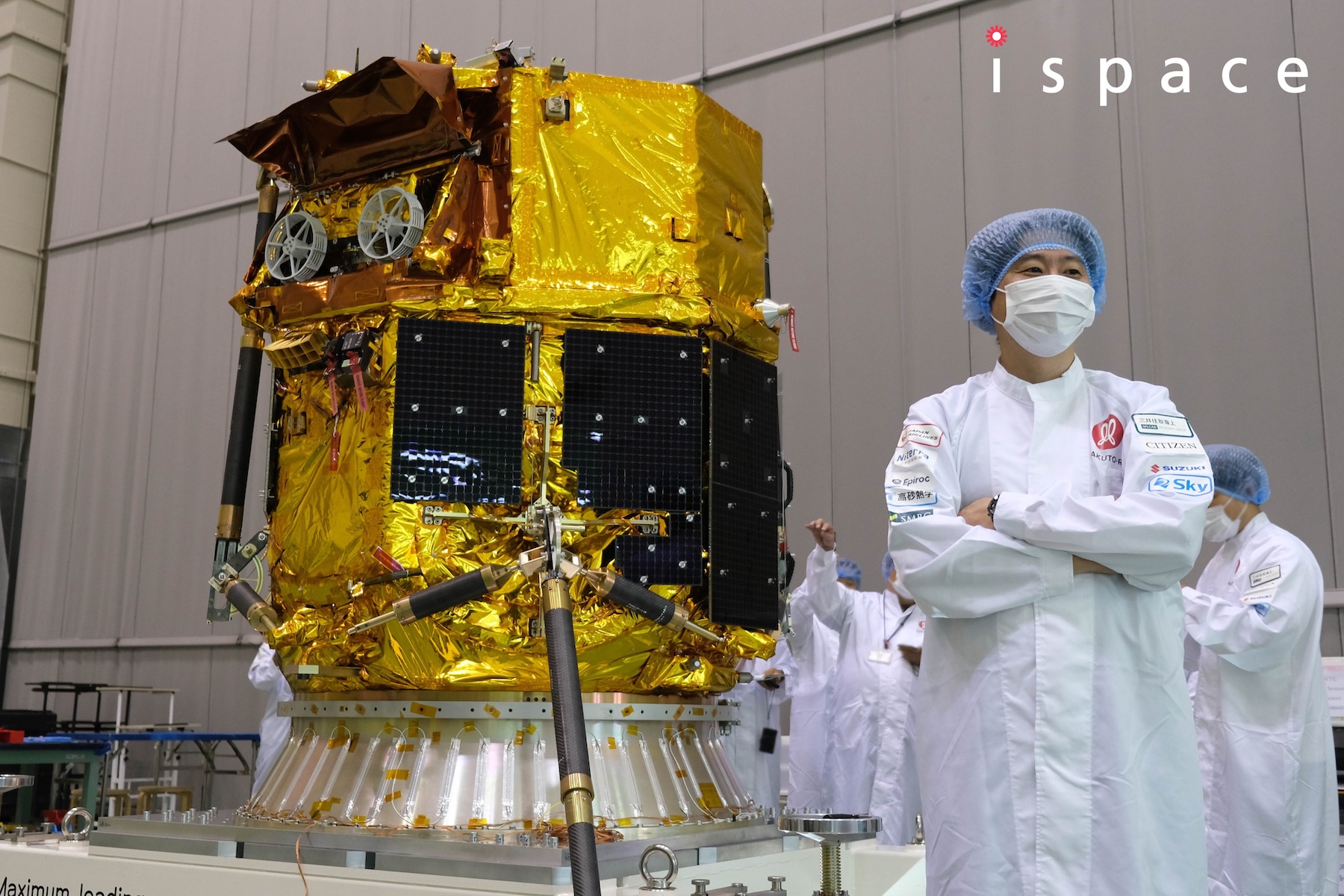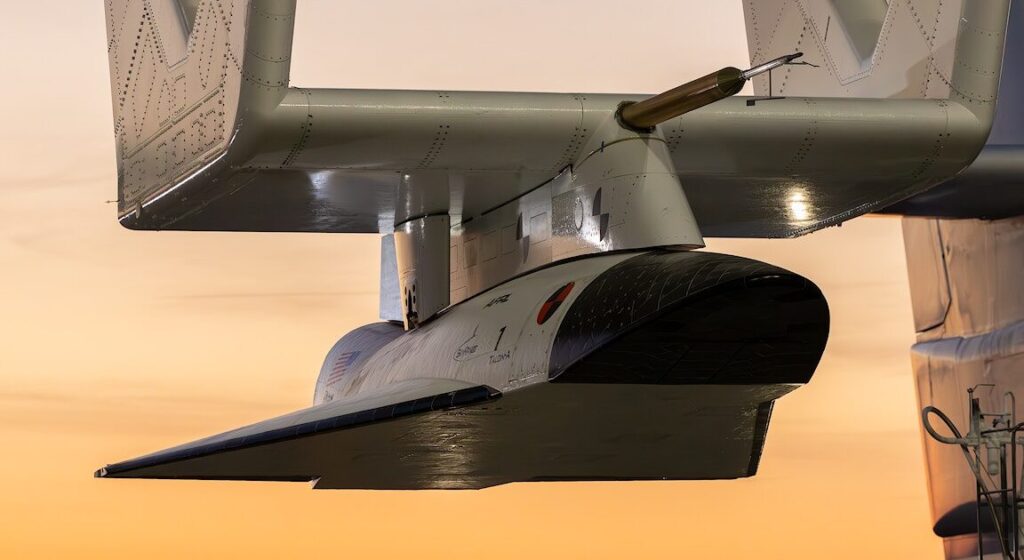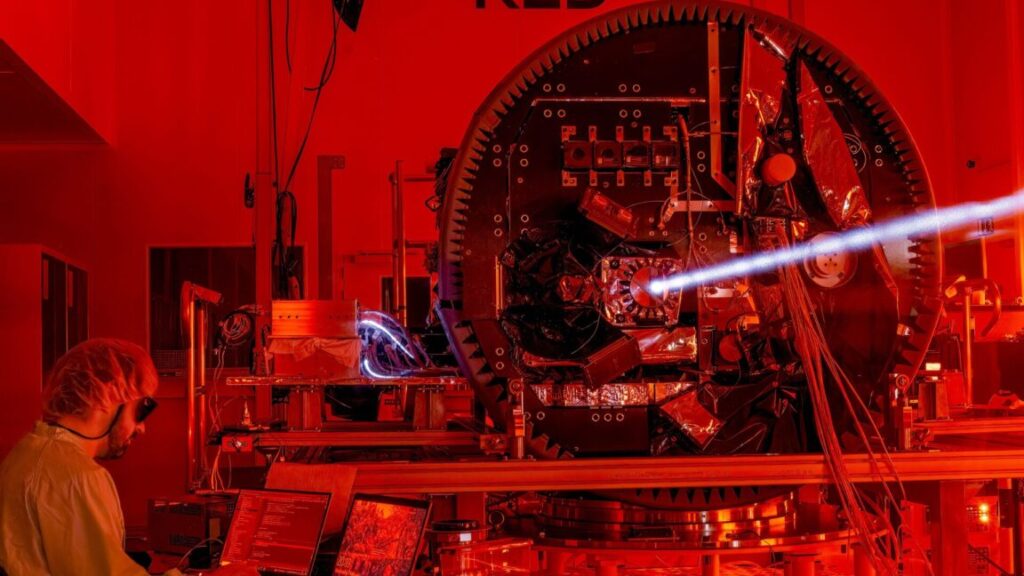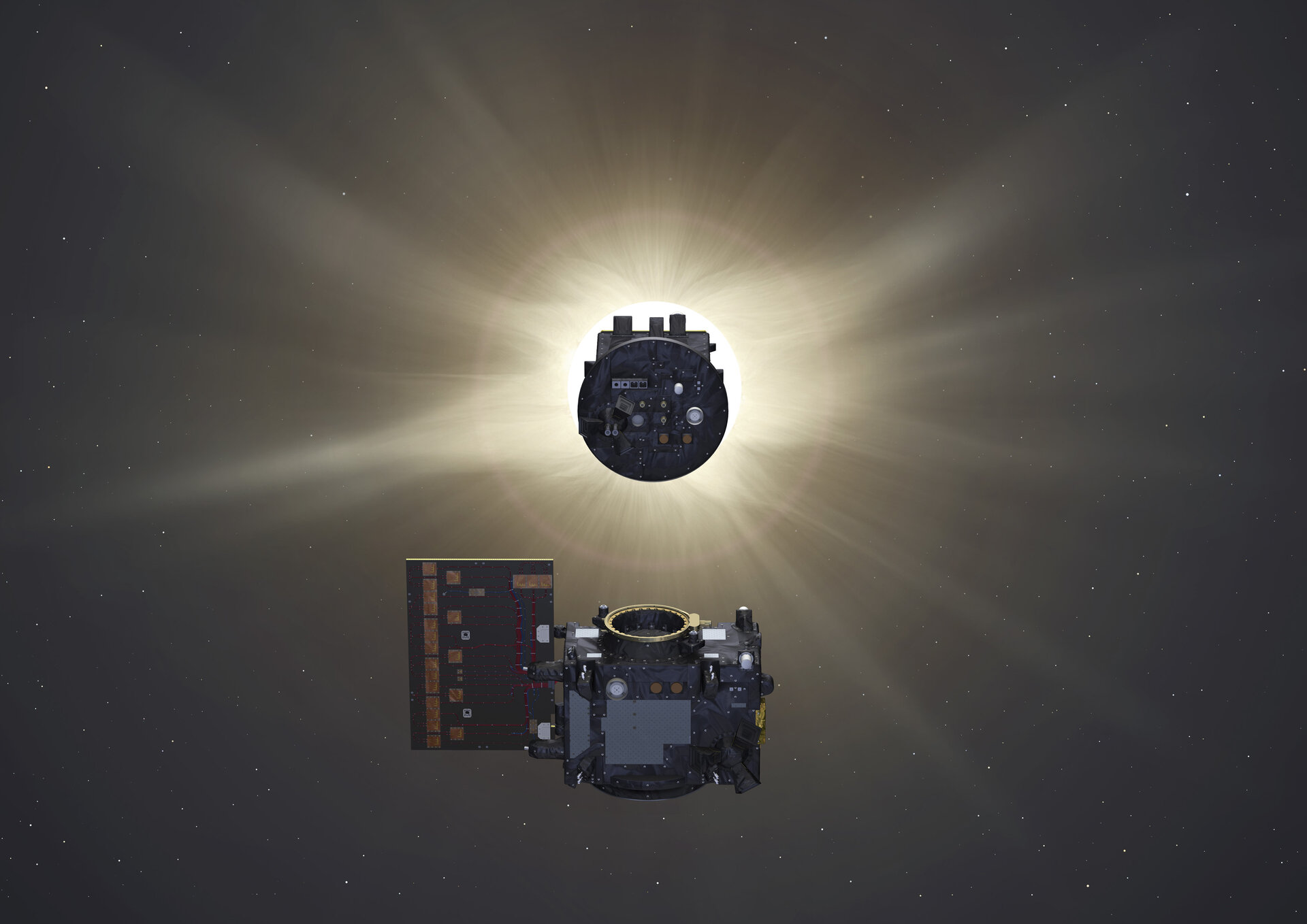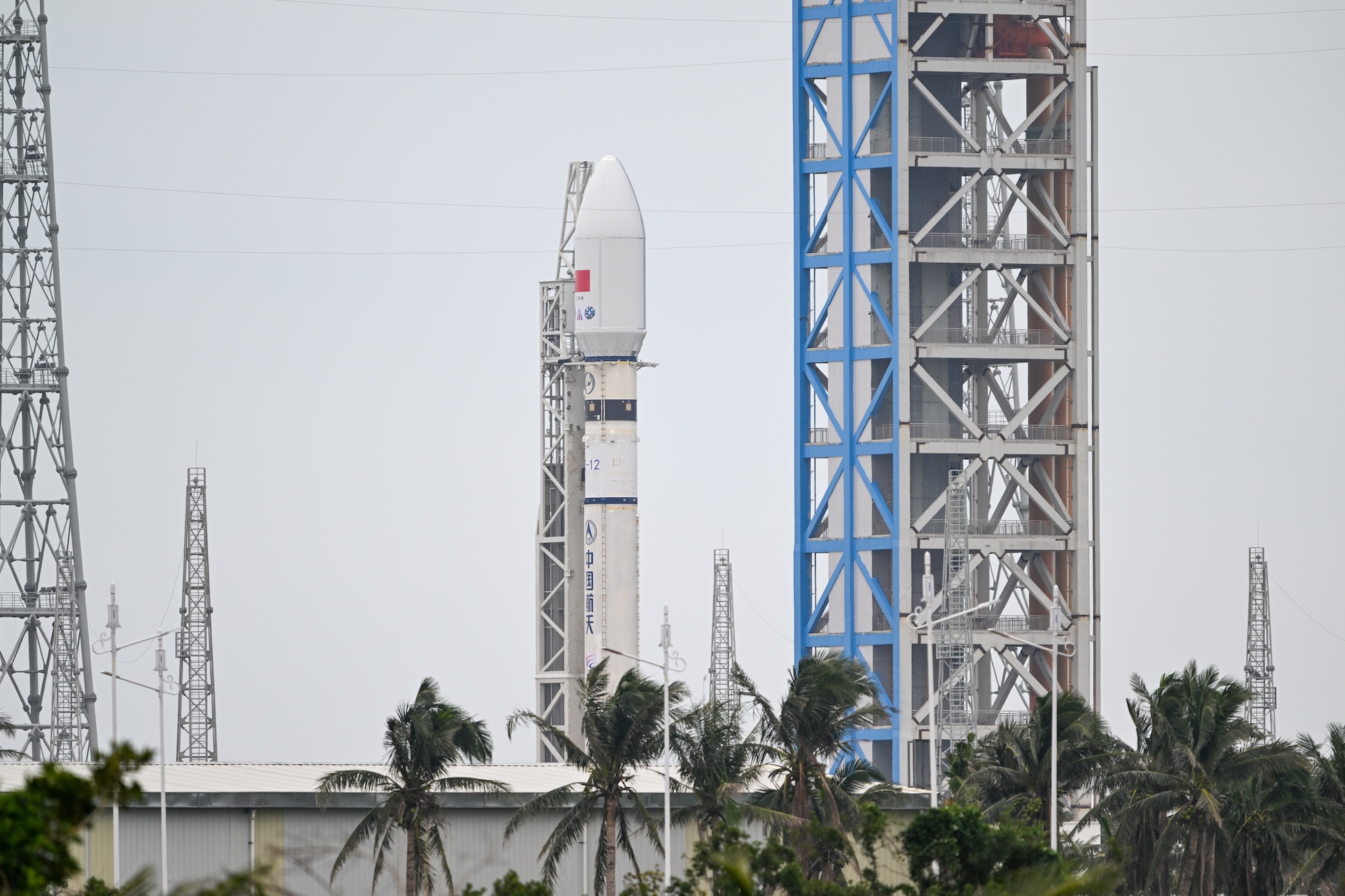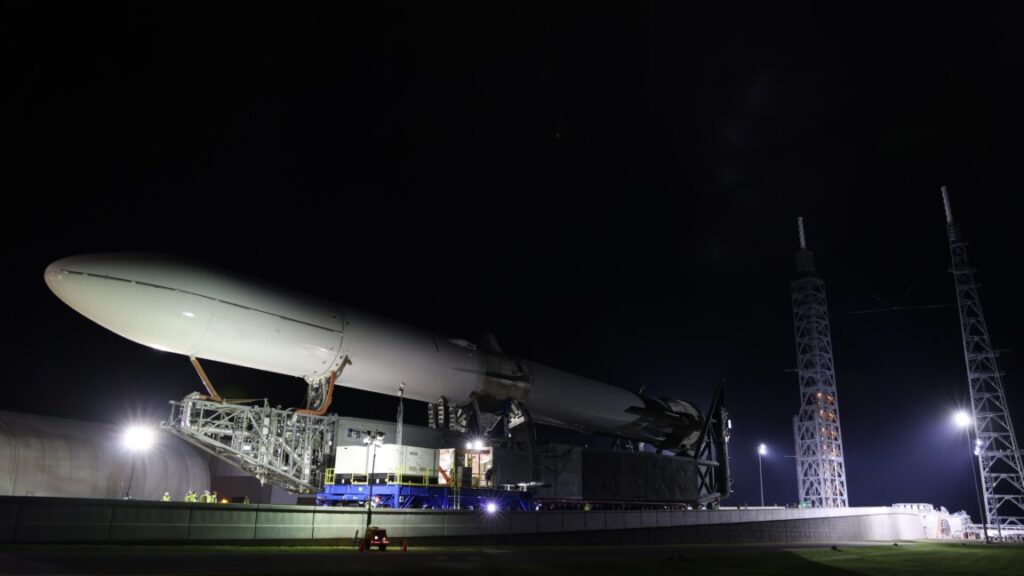German startup to attempt the first orbital launch from Western Europe
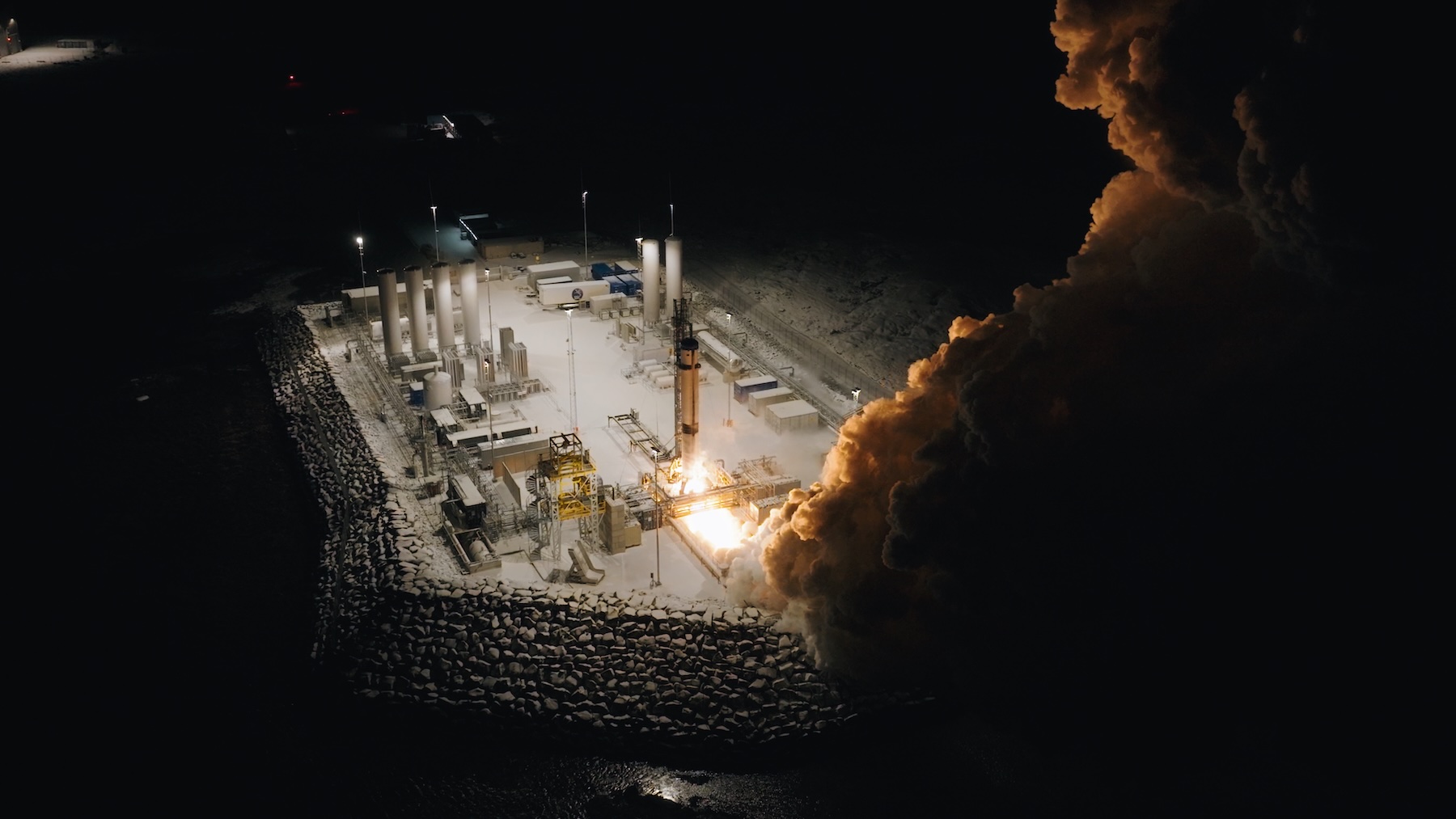
The nine-engine first stage for Isar Aerospace’s Spectrum rocket lights up on the launch pad on February 14. Credit: Isar Aerospace
Isar builds almost all of its rockets in-house, including Spectrum’s Aquila engines.
“The flight will be the first integrated test of tens of thousands of components,” said Josef Fleischmann, Isar’s co-founder and chief technical officer. “Regardless of how far we get, this first test flight will hopefully generate an enormous amount of data and experience which we can apply to future missions.”
Isar is the first European startup to reach this point in development. “Reaching this milestone is a huge success in itself,” Meltzer said in a statement. “And while Spectrum is ready for its first test flight, launch vehicles for flights two and three are already in production.”
Another Bavarian company, Rocket Factory Augsburg, destroyed its first booster during a test-firing on its launch pad in Scotland last year, ceding the frontrunner mantle to Isar. RFA received its launch license from the UK government last month and aims to deliver its second booster to the launch site for hot-fire testing and a launch attempt later this year.
There’s an appetite within the European launch industry for new companies to compete with Arianespace, the continent’s sole operational launch services provider backed by substantial government support. Delays in developing the Ariane 6 rocket and several failures of Europe’s smaller Vega launcher forced European satellite operators to look abroad, primarily to SpaceX, to launch their payloads.
The European Space Agency is organizing the European Launcher Challenge, a competition that will set aside some of the agency’s satellites for launch opportunities with a new crop of startups. Isar is one of the top contenders in the competition to win money from ESA. The agency expects to award funding to multiple European launch providers after releasing a final solicitation later this year.
The first flight of the Spectrum rocket will attempt to reach a polar orbit, flying north from Andøya Spaceport. Located at approximately 69 degrees north latitude, the spaceport is poised to become the world’s northernmost orbital launch site.
Because the inaugural launch of the Spectrum rocket is a test flight, it won’t carry any customer payloads, an Isar spokesperson told Ars.
German startup to attempt the first orbital launch from Western Europe Read More »
